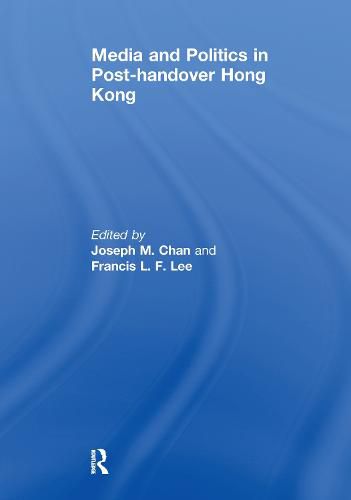Readings Newsletter
Become a Readings Member to make your shopping experience even easier.
Sign in or sign up for free!
You’re not far away from qualifying for FREE standard shipping within Australia
You’ve qualified for FREE standard shipping within Australia
The cart is loading…






The world was watching Hong Kong as its sovereignty was returned to China in 1997. Many predicted that it was the doomsday of press freedom in the city.
Now, a decade after the handover, this book provides an up-to-date review of the dynamic relationship between media and political power in the post-handover years. It covers seven key issues including
the mapping of the changing boundaries of press freedom,
the impact of media ownership change on editorial stance,
the development of national and hybrid identities,
the tension between self-censorship and media professionalism,
the rising importance of government public relations,
the power and limits of hegemonic discourse, and
the countervailing force posed by collective actions and public opinion.
These studies combine to reveal how the media are transformed as power structure is reconfigured and how the media may act upon politics in exerting their roles as the people’s voice. The book will serve as a reference for anyone who is interested in the evolution of political communication in a transitional society.
$9.00 standard shipping within Australia
FREE standard shipping within Australia for orders over $100.00
Express & International shipping calculated at checkout
The world was watching Hong Kong as its sovereignty was returned to China in 1997. Many predicted that it was the doomsday of press freedom in the city.
Now, a decade after the handover, this book provides an up-to-date review of the dynamic relationship between media and political power in the post-handover years. It covers seven key issues including
the mapping of the changing boundaries of press freedom,
the impact of media ownership change on editorial stance,
the development of national and hybrid identities,
the tension between self-censorship and media professionalism,
the rising importance of government public relations,
the power and limits of hegemonic discourse, and
the countervailing force posed by collective actions and public opinion.
These studies combine to reveal how the media are transformed as power structure is reconfigured and how the media may act upon politics in exerting their roles as the people’s voice. The book will serve as a reference for anyone who is interested in the evolution of political communication in a transitional society.